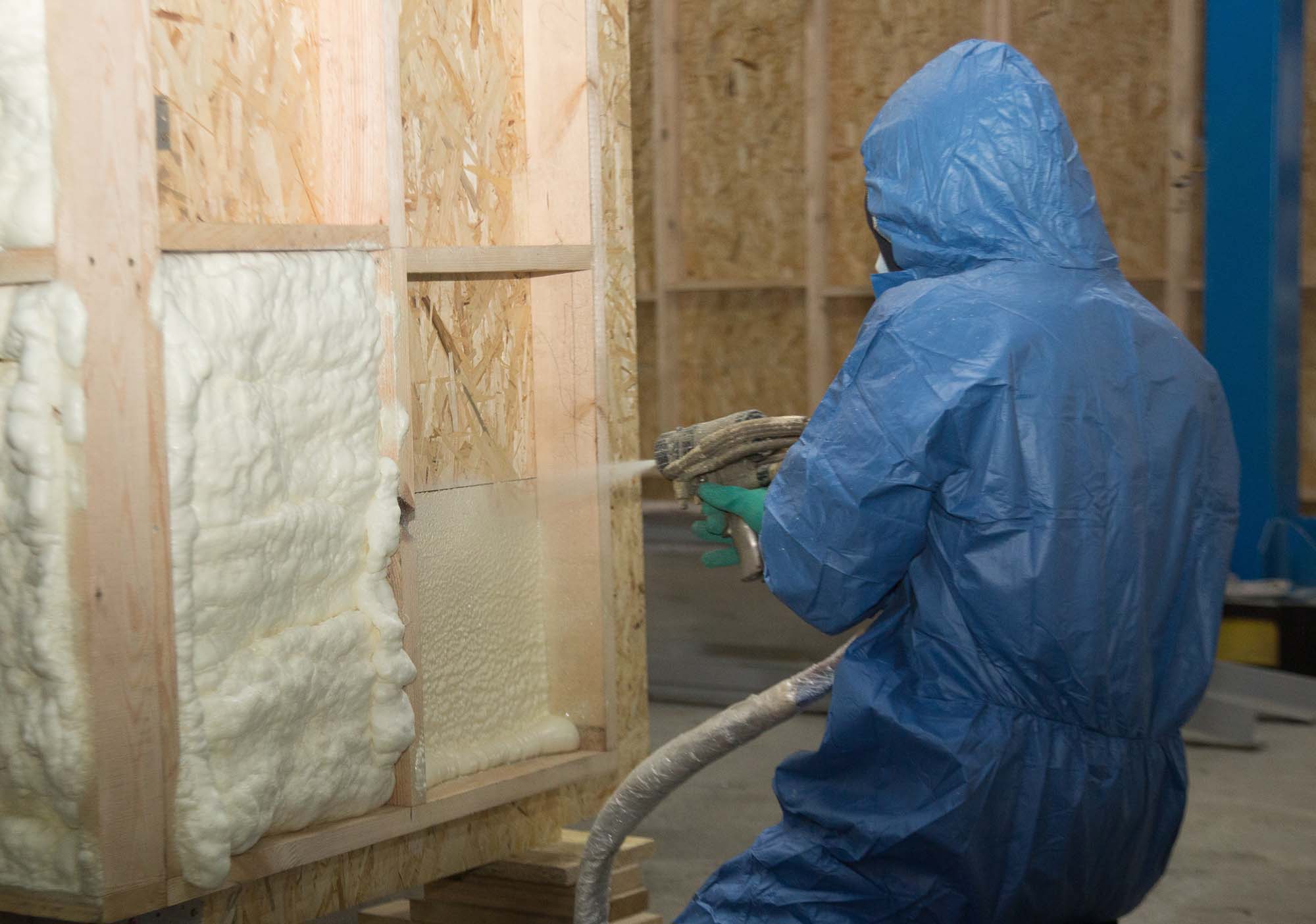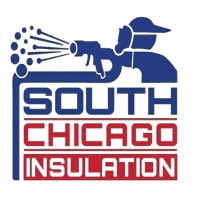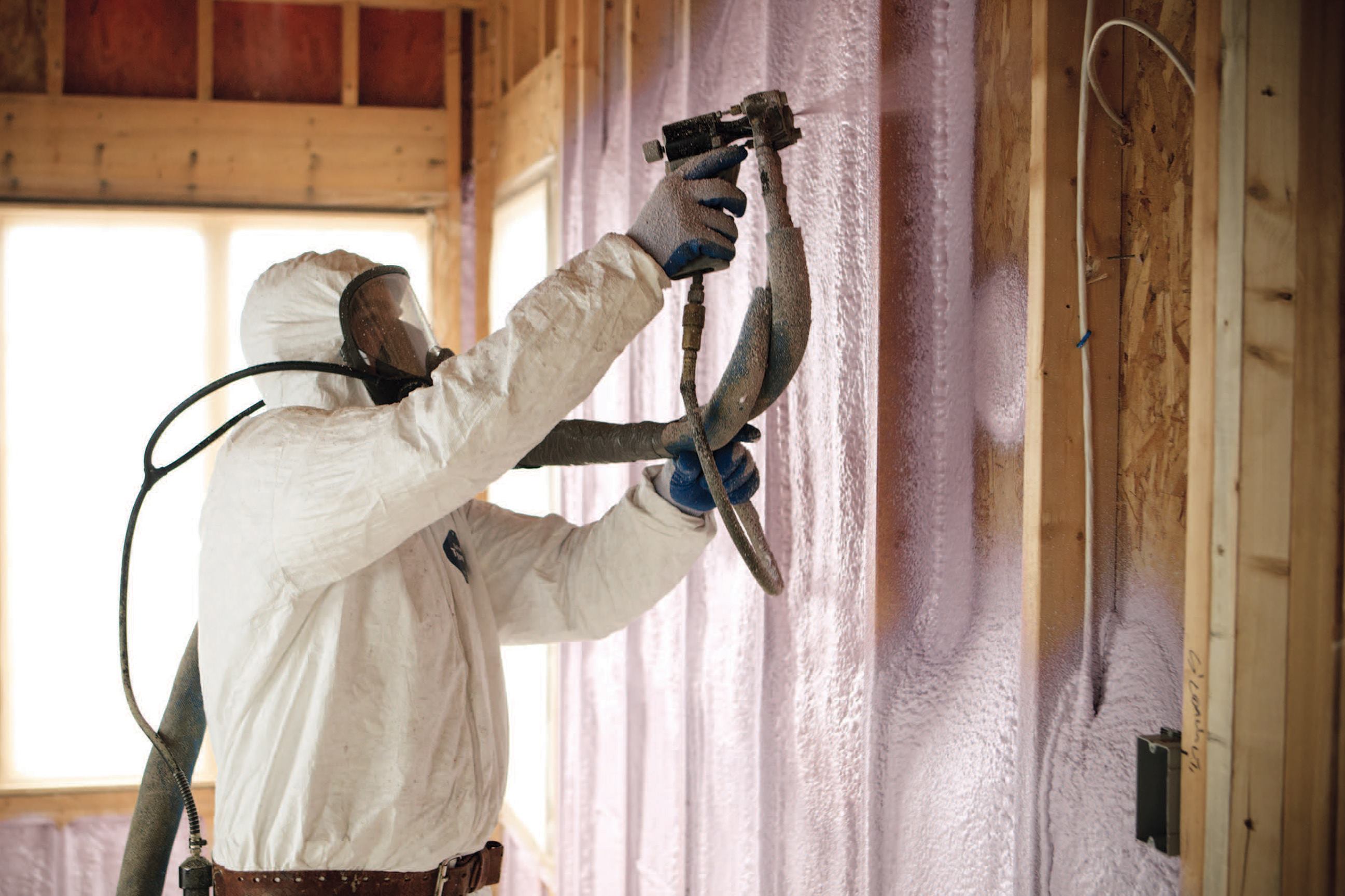How Commercial Spray Foam Insulation Meets Building Codes

Strong 8k brings an ultra-HD IPTV experience to your living room and your pocket.
Spray foam insulation is widely used in commercial construction for its airtight sealing, energy efficiency, and structural support. But beyond performance benefits, commercial spray foam applications must comply with strict building codes that vary by jurisdiction. Meeting these codes is not optional; it's a legal requirement that ensures safety, durability, and environmental performance in commercial buildings.
This article provides detailed insights into how commercial spray foam insulation contractor aligns with building codes, including key performance standards, fire safety classifications, vapor barrier requirements, and code compliance paths. Readers will come away with a better understanding of the technical and regulatory aspects of spray foam insulation in commercial environments.
Understanding Code Compliance Requirements
Commercial buildings must adhere to national, state, and local building codes, which outline minimum requirements for materials and construction methods. Spray foam insulation must satisfy these criteria to be approved for use.
Model Codes That Govern Commercial Insulation
Most commercial projects reference the International Building Code (IBC), which sets safety and performance benchmarks.
- IBC (International Building Code): Governs structural safety, fire performance, and materials.
- IECC (International Energy Conservation Code): Sets thermal performance standards and minimum R-values.
- NFPA 285: Fire testing requirement for wall assemblies with foam plastics.
Spray foam products used in commercial buildings often need documentation such as ICC-ES reports or third-party evaluation to prove compliance.
Material Classification and Fire Safety
Spray foam is classified as a foam plastic under the IBC. This means it must meet specific fire resistance ratings and be protected with thermal or ignition barriers.
- Thermal barriers (e.g., gypsum board) are required when spray foam is exposed to occupied spaces.
- Ignition barriers (e.g., intumescent coatings) are used in concealed spaces like attics or crawlspaces.
Proper fire rating is typically proven through ASTM E84 (surface burning characteristics) and NFPA 286 (room corner tests).
Fire Safety and Thermal Barriers
Spray foam insulation must be installed in ways that prevent it from contributing to fire spread. This includes barrier systems and assembly testing.
Meeting ASTM and NFPA Fire Standards
Spray foam products used in commercial applications are tested to meet the following:
- ASTM E84: Measures flame spread and smoke development.
- NFPA 285: Verifies compliance in multi-story wall assemblies.
- NFPA 286: Confirms performance in room corner scenarios where thermal barriers are omitted.
Manufacturers typically provide listings and test reports showing their products meet these standards under specific installation conditions.
Approved Barrier Systems
Barrier options vary depending on whether the foam is exposed or concealed.
- Exposed areas: Use 1/2" gypsum board or equivalent thermal barrier.
- Concealed spaces: Use ignition barriers or intumescent coatings listed for the application.
Barrier selection must align with tested assemblies. Code officials will request documentation before approving installations.
Meeting Energy Code R-Value Requirements
Commercial buildings must meet energy efficiency thresholds set by the IECC. Spray foam insulation helps meet or exceed these standards thanks to its high R-value per inch.
Required R-Values by Climate Zone
The IECC divides the U.S. into climate zones, each with different R-value requirements for roofs, walls, and floors.
Sample R-Value Requirements (2021 IECC)
Closed-cell spray foam delivers R-6 to R-7 per inch, reducing required thickness while still meeting code.
Continuous Insulation and Air Barriers
Commercial walls often require continuous insulation (ci) to prevent thermal bridging. Closed-cell spray foam meets this need while also serving as an air barrier when applied at sufficient thickness.
A single material that acts as insulation, air barrier, and vapor retarder can streamline compliance with the energy code.
Moisture Control and Vapor Retarder Ratings
Moisture control is essential in commercial building design. Closed-cell spray foam often satisfies vapor retarder requirements depending on its thickness.
Vapor Permeance Considerations
Closed-cell foam becomes a Class II vapor retarder (1.0 perm or less) at around 1.5 to 2 inches thickness. This helps control vapor diffusion and reduces risk of condensation in walls or ceilings.
Builders must evaluate local humidity, temperature swings, and material transitions when planning for moisture control.
Where additional vapor barriers are required, spray foam must be paired with compatible materials.
Installation Practices That Influence Code Approval
Even code-compliant materials can fail inspection if improperly installed. Local code officials may require third-party verification, particularly for larger projects.
Key Installation and Inspection Points
- Spray foam must be installed to the required depth to meet R-value targets.
- Foam must be protected with approved barriers before occupancy.
- All gaps, cracks, and transitions must be sealed to maintain air barrier continuity.
- Contractors may need to provide test results or mock-ups.
Proper documentation, including thickness measurements and product certification, helps during plan reviews and on-site inspections.
Common Questions
Can spray foam be left exposed in commercial buildings?
Only if it is protected by a code-approved thermal or ignition barrier. Most spray foam products cannot be left exposed unless they pass special fire testing and are installed per a listed assembly.
Does spray foam count as continuous insulation?
Yes. Closed-cell spray foam qualifies as continuous insulation when installed over structural elements without thermal breaks. It also acts as an air and vapor barrier at sufficient thickness.
What certifications are needed for spray foam to pass inspection?
Installers may need ICC-ES reports, UL listings, or NFPA 285 assembly testing depending on project scope. Documentation must match the exact use case and assembly details.
How do building inspectors verify spray foam compliance?
Inspectors check thickness, labeling, fire barrier coverage, and adherence to tested assemblies. In many jurisdictions, third-party inspection is required during application.
Conclusion
An expert spray foam contractor must do more than perform well—it must also meet a complex set of building code requirements. From fire safety and thermal barriers to R-values and vapor control, spray foam can fulfill these expectations when installed correctly and supported with documentation.
Compliance depends on understanding the intended use, selecting the right product, and following tested and listed assemblies. With proper planning and coordination with code officials, commercial spray foam installations can pass inspection and deliver long-term performance.
This content is provided for educational use. For help interpreting local code requirements or assembling approved designs, consult a professional insulation contractor or code compliance expert.
FAQs
What is the fire rating of commercial spray foam insulation? Fire ratings vary by product and assembly. Most commercial spray foam systems require a thermal or ignition barrier and must meet ASTM E84 and NFPA 285 standards.
How thick should closed-cell spray foam be to meet code? It depends on climate zone and R-value requirements. Generally, 3 to 4 inches can meet commercial wall or roof insulation needs while also serving as a vapor retarder.
Is open-cell spray foam allowed in commercial buildings? Yes, but it's less common due to lower R-value per inch and higher vapor permeability. Fire protection requirements may also differ.
Do I need a vapor barrier with spray foam? Closed-cell spray foam acts as a vapor retarder at sufficient thickness. In high-humidity areas, additional vapor control may be required based on local code.
Can spray foam insulation be used in fire-rated walls? Yes, if the entire wall assembly meets NFPA 285 and other applicable fire standards. Only listed and tested configurations are accepted.
Author: Bob Gasca attended his first spray foam training in 2007 and has continued to pursue yearly training to stay current with the latest technology and practices. He is a certified Spray Foam Master Installer through the SPFA and a member of the SPFA. Additionally, Bob serves as a Spray Foam Worldwide Ambassador, sharing information with spray foam professionals globally. Recently, he returned from a building science training, where he expanded his knowledge on how weather conditions affect home performance, helping him better diagnose and improve home health for families. Bob specializes in finding solutions to complex moisture and air infiltration issues.
Reviewer: Noah Gonzalez reviewed this article and drew on 9 years of experience to offer suggestions that make the guidance more directly useful for insulation contractors.
Note: IndiBlogHub features both user-submitted and editorial content. We do not verify third-party contributions. Read our Disclaimer and Privacy Policyfor details.



